Debunking Online Gardening Hacks
While the internet is a good resource for gardening knowledge, widespread over-reliance on social media can lead to the sharing of often unsubstantiated opinions.
While there are too many for us to address, here are five gardening hacks commonly found on YouTube that we tested out before rating them ‘True’, ‘False’ or ‘Unproven’. This is not just to ensure your success in gardening, but also to equip you with sound gardening knowledge. Above all, remember to be more critical and not blindly try anything taught online!
Propagation by Inserting into Other Plant Organs
(From left) Screenshots from videos showing methods of rooting a rose stem cutting by inserting it into a leaf and a tuber respectively
There are multiple clips purporting to show alternative methods of rooting stem cuttings, such as inserting them in other plant organs (such as Aloe leaves and potato tubers), often with an application of honey. We found these ‘False’.
This does not work as the death of the cutting is often sped up by a dying plant part and the honey does not contain any notable substances that will either keep the cutting alive or promote root formation.
Instead, there are already many well-established methods of propagating plants via stem cuttings using standard media and rooting hormones as needed depending on the plant. Specific conditions such as the medium and the need of an acclimatising chamber in the shade to keep humidity high could be adjusted according to the plant species being rooted.
Check out this clip for more information on vegetative propagation.
Grafting to Create Unique Chimeric Plants
Screenshot from a video showing the attempted grafting of a plant using an unknown technique, and resulting in a chimeric plant that produces both lemons and roses
Grafting is a very established method of joining two plants into one, by placing one plant part (called the scion) into or on another plant part (called the rootstock) such that they continue growing together as a single plant. The scion is the upper part (e.g. bud, shoot) of one plant, while the rootstock is the root system of another plant. The scion and rootstock have to be genetically compatible for the resulting combined plant to grow healthily.
This method ensures fruit trees grow in a desired form and vigour and produce fruit of a desired type and quality. It makes use of the known or tested compatibility between a scion and a rootstock and can reduce the time from planting to fruit production.
However, there are some videos that give the wrong idea of what is achievable through grafting, and these often involve plant parts that are not compatible or techniques that are not viable. For instance, the plant parts selected are not suitable for grafting (e.g. a flower being grafted onto a stem) or the parts come from totally unrelated species and are hence not genetically compatible to grow together (e.g. a scion from a rose plant grafted onto rootstock of an orange plant). We find these videos are ‘False’.
Growing Seeds Buried in Cut Fruit
(From left) Screenshots from a video showing capsicum seeds being grown directly from the cut fruit and showing fresh maize kernels being extracted from the cob for planting directly
Seeds are the main way of growing plants. Without much fanfare, potting mixes are prepared and seeds are collected and processed accordingly in preparation for sowing to ensure success.
However, you can find many videos that are clearly clickbait – they espouse “exciting” ways to do so, such as growing seeds buried in cut fruit. Instead, the methods shared in such videos not only lead to a waste of perfectly viable seeds but mostly result in failure. Hence, we found them patently ‘False’.
Using Eggshells as Pest Control
Screenshot from a video sharing the method of using eggshells to repel snails and slugs
Garden pests are a constant for any gardener. With growing concern for sustainability and harmful effects from chemical pesticides, it is common to encounter online non-synthetic chemical methods of deterring or dispatching pests. Though there are numerous examples of this, we refer to the use of crushed eggshells as a snail deterrent as a common pest control method commonly shared online.
Purportedly, the broken shells create a surface unfavourable to snails and slugs. While there are no controlled studies that we are aware of that show efficacy, gardeners we have spoken to have given feedback that they found this ineffective. Explanations for this could include the inconsistent density of application as well as the need for reapplication after a round of torrential rain. Efficacy aside, it is also relevant to consider if the method is practical at the required scale. While we could not find any clear refuting evidence, this is at best ‘Unproven’.
If you are interested in a non-synthetic chemical control for snails, it has been reported that tea seed meal would kill snails. Though it would also need reapplication as it breaks down, this is probably a more effective method of controlling pests.
MSG as Fertiliser
Screenshot from a video showing monosodium glutamate mixed with water to make a low-concentration fertiliser
A recent fad is using monosodium glutamate (MSG) as a fertiliser. Given the mixed acceptance of the flavour enhancer in food, the push to use it in place of “chemical” fertiliser is interesting. The relevant question is if the amino acid salt can be a significant replacement for fertiliser.
While plants may have receptors for glutamate, it is not certain if these are found at the roots in quantities needed for effective absorption. Given the presence of microbes in the soil, it is likely that organic compounds like glutamate would be quickly broken down into nitrates or ammonium that are the usual forms absorbed by plants. This makes it impossible to draw conclusions from tests in hydroponic culture done to date. Furthermore, as this is a sodium salt, its application, up to some level, may not be tolerated by salt-sensitive plants.
While it would be certainly possible that MSG does no harm at levels not meant to account for the full nitrogen need of plants, it is also unclear if it is beneficial. It would be interesting to wait for the verdict from a properly controlled study, but it is still to be evaluated for any economical or practical potential. We found this, at this stage, ‘Unproven’.
Reliable Online Resources
Confused by too many YouTube clips?
Visit NParksSG, our refreshed YouTube channel that serves as a one-stop repository for close to 300 video resources. It covers topics in horticulture, ranging from garden crafts, pest management, soil management, plant propagation techniques, and more. This is a good resource for accurate and tested skills that you can apply in your garden.
Do also check out a slew of free gardening online resources and workshops catering to different skill levels.
Gardeners’ Day Out
Participate from the comfort of your home with online activities such as talks and demonstrations, video tutorials of activities and promotions offered. Enjoy Gardeners’ Day Out online at www.nparks.gov.sg/GDO.
You can also enjoy videos of our Gardening With Edibles Masterclass Series. They are conducted by NParks horticulturists, focusing on unique and challenging edibles across different plant families.
Learning More
The City in Nature vision seeks to bring greenery closer to all residents. The community plays a key role in the ownership and stewardship for nature which will benefit our health and well-being.
For more information about the flora and fauna found in Singapore, please visit Flora and Fauna Web.
If you like what you read, follow us on Facebook, Instagram and Telegram to get the latest updates.
Text by Yeo Chow Khoon and Ang Wee Foong
About the writers
Wee Foong runs the Pasir Panjang Nursery, Native Plant Centre and is the Director of the Singapore Botanic Gardens Seed Bank with ample experience in the growing of a wide range of ornamental and crop plants. Chow Khoon is a researcher at the Seed Bank with specific interest in Ficus phenology.


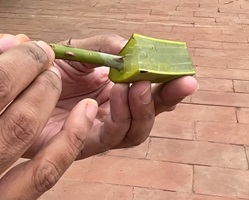
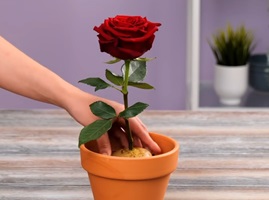
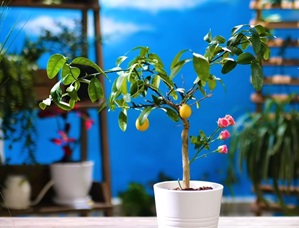
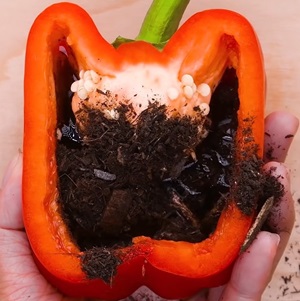
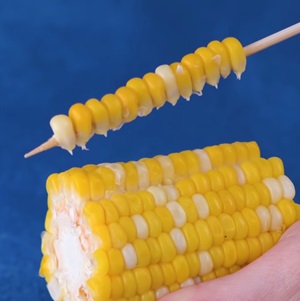
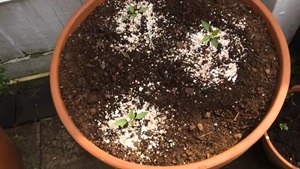
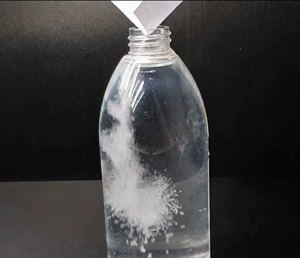
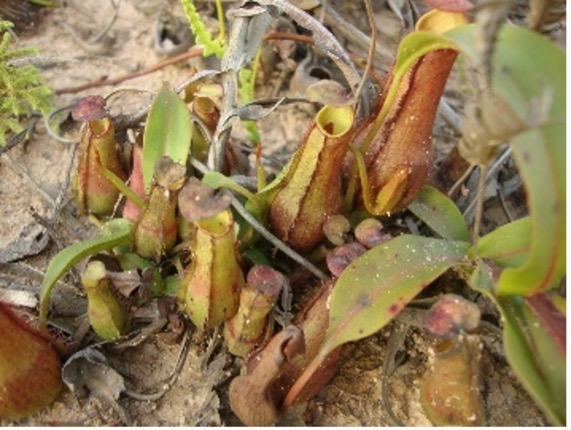
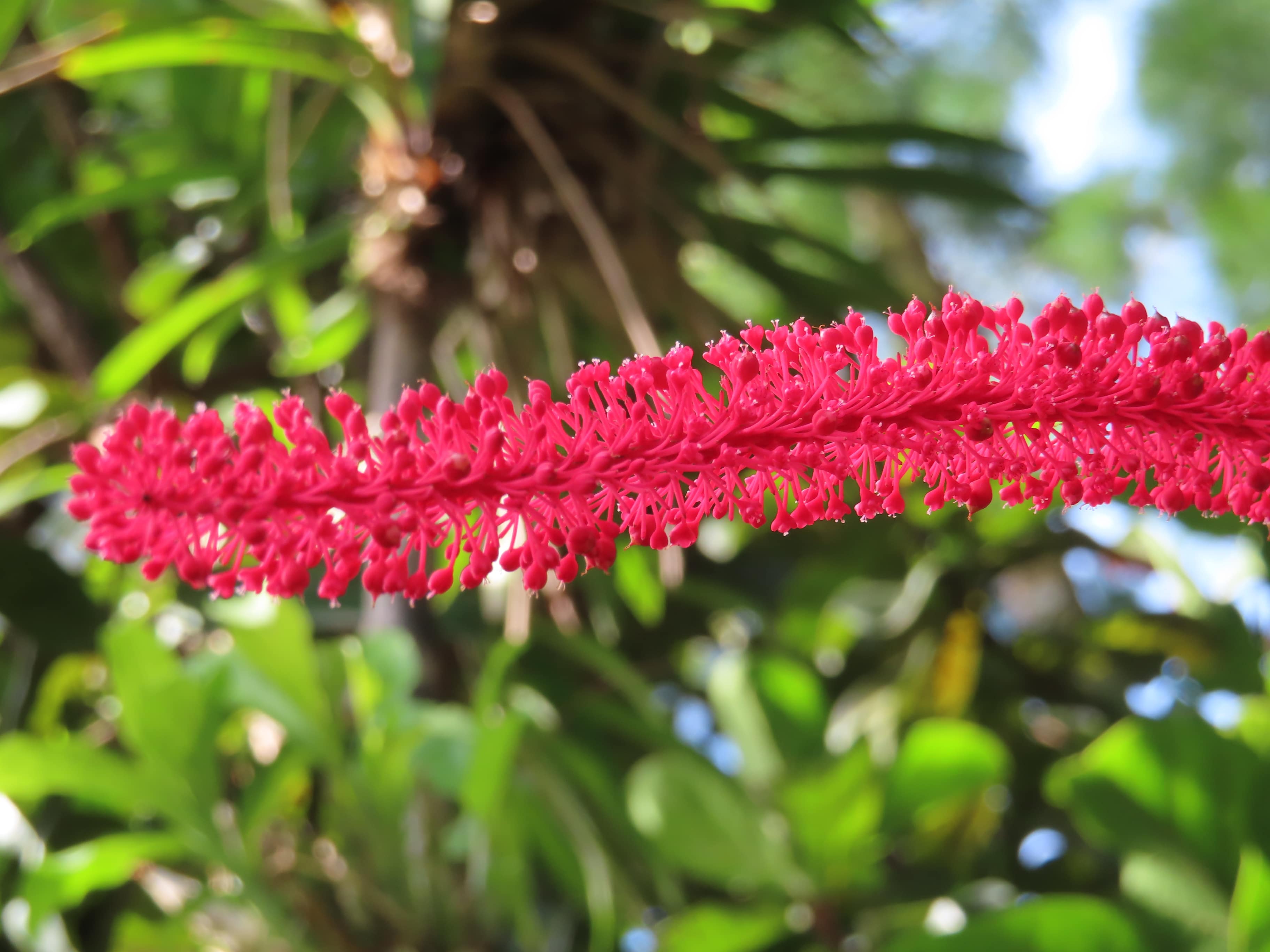
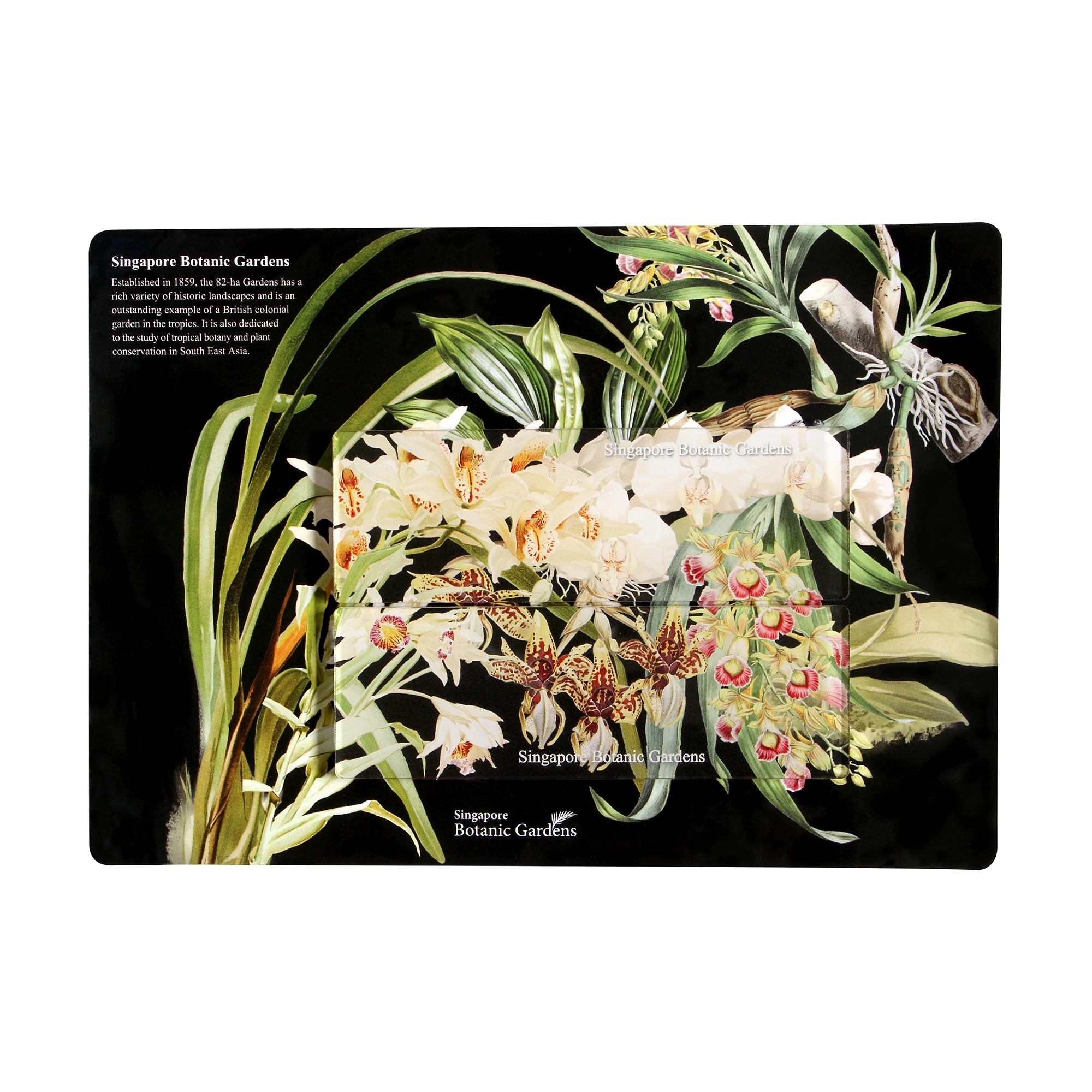
Have views or comments on this article? Let us know via this form. If you would like to give us feedback on any other areas relating to our parks and gardens, please submit via https://www.nparks.gov.sg/feedback